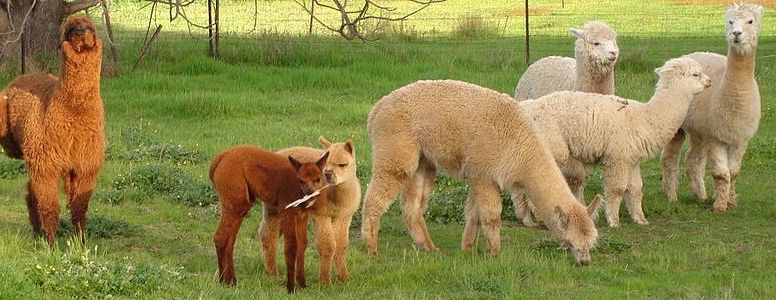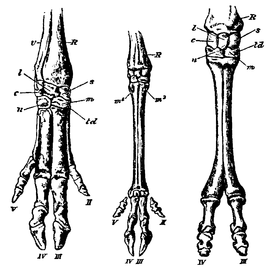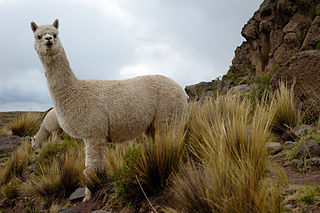
Adaptation
 Vicugna pacos have padded feet that are beneficial
for
their environment. The soft padding under their even toed feet allows
them to walk across the vegetation and not dig it up. They have this
adaption, because up in the Andes of Peru there is not a lot of
vegetation. Since vegetation is sparse, their survival depends on them
not losing the grazing area. This is also the same reason that alpacas
do not eat the grass all the way to the roots; so it will grow back
faster.
Vicugna pacos have padded feet that are beneficial
for
their environment. The soft padding under their even toed feet allows
them to walk across the vegetation and not dig it up. They have this
adaption, because up in the Andes of Peru there is not a lot of
vegetation. Since vegetation is sparse, their survival depends on them
not losing the grazing area. This is also the same reason that alpacas
do not eat the grass all the way to the roots; so it will grow back
faster.
Alpacas also have long legs. Their legs help them run away from predators.(8) Alpacas also have fleece fur that keeps them warm during the cold winters in the Altiplano. To learn more about where alpacas live visit the habitat page!
Alpacas can also go a while without food or
water. During this time, they take nutrients from other parts of their
bodies. (8)
By looking at an alpacas fleece, you can tell if they are food/water
deprived because the fleece will not be very thick.(8)
The quality of their fleece changes, since
 the nutrients have been
utilized.
the nutrients have been
utilized.
Alpacas also have very long necks. This is so they can see predators from a distance.